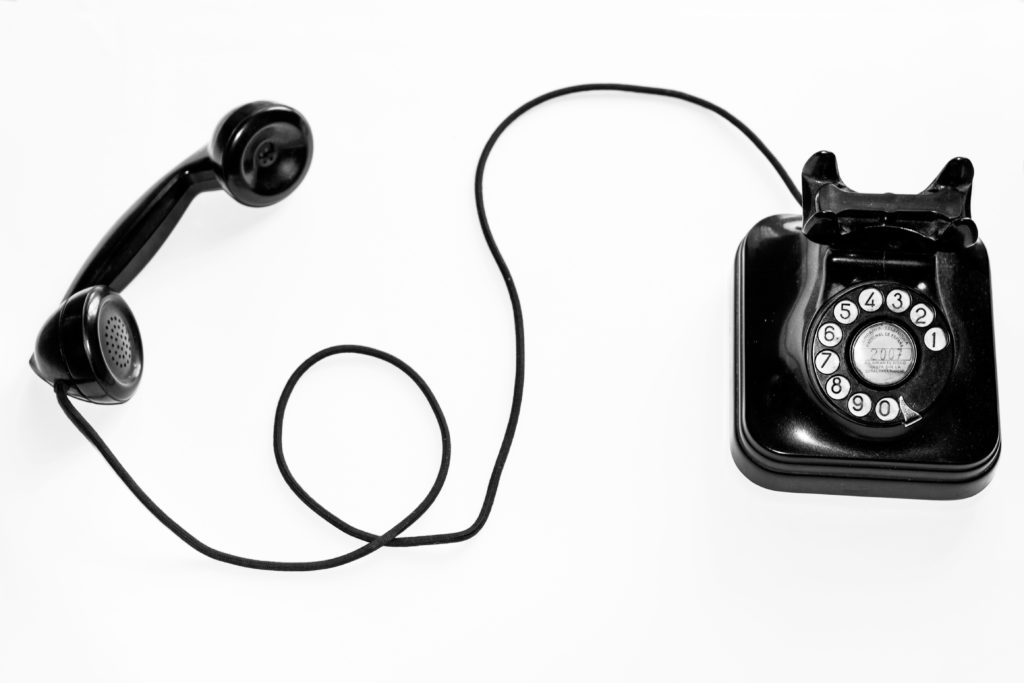At many businesses, copy editors will serve as a main component on the editorial staff. Because of this, daily tasks are usually correcting the written word or fact-checking. However, copy editors are given tasks likened to a journalist. How can a copy editor who may have not any experience in journalistic areas give a great interview?
Many times actual fieldwork will be reserved for the full-time journalists in the editorial staff. Phone interviews are an easy and quick way to gather information to write an article that copy editors will be responsible. Although not face-to-face, phone interviews are still very important. Through preparation and using your smartphone, phone interviews are easy. Follow these steps to have a great interview.
Prepare for the Interviews
As with anything in life, if you want to execute a task successfully, you must be prepared. Prepping for an interview isn’t something that should get you nervous. However, for someone who doesn’t do interviews regularly, it may cause some anxiety.
The first thing is to block out all the noise and interruption from others. Most likely, a phone interview will be done at the office around your fellow coworkers. Offices can get quite busy and frantic at times, so it is paramount that you close the door to your office or take the phone interview in a different room. Beforehand, asking others to calm themselves while you take the interview will likely work, as well. You could even tape a note on your office door asking not to be disturbed while the interview is in progress.
Before speaking to the interviewee, knowing the topic is important. Regardless of how early you knew that you were to interview someone, a decent amount of research should have been performed. Simple Google searches can conjure up vast loads of information on any subject. And from these searches, potential questions can be made to ask the interviewee.
After you have found quiet solace, a copy editor should keep all necessary items used for the interview at close hand. That means working pens, a pad, an open Microsoft Word or Google Docs with the questions for the interviewee on the computer and a smartphone with audio recording ready to go.
Interviews with Smartphones
Smartphones are quite an invention. They have the amazing capability to accomplish any task quickly and efficiently. From Googling information to using a dictionary or thesaurus app, a smartphone is a vital tool for anyone in the 21st century. Journalists, especially, love their smartphones because of its audio recording abilities.
When the interview is underway and the office phone is, of course, on the speaker, your smartphone should be recording everything. As a good gesture, the journalist should tell the interviewee that he or she is being recorded. Usually, they are okay with this information because they likely had expected it.
A mistake newbie journalists may make is they don’t type as the person is speaking. They make the wrong assumption that they can simply go back later and listen to the audio to write the article. Don’t make that mistake, too. Many times, the audio, for whatever reason, is not clear. Perhaps someone in your office gets loud or barges in your office. The interviewee might experience an interruption on his end, making the audio unclear and jumpy. Your best bet to take notes as best as possible. Use abbreviations, symbols or short sentences using only keywords. The more you have on the page now will make it easier to write the article later, which means you will have more information to produce a great piece.
After Interviews
So, it’s all over. You said your thanks and you have a wealth of information on the subject. What to do now?
Immediately send a thank you email. That’s the first thing any good journalist should do. Next, is review what you have typed in your Word doc. (Don’t forget to hit that save button. If you lose what you have written you are in a world of trouble.) Expand on any abbreviations and symbols you wrote down. Don’t write them into full sentences yet, because that may alter the actual quote and that would fall into libel territory.
I suggest you plug in earbuds into your smartphone and listen to the audio conversation a few times before writing anything down. And I suggest you type their response directly after the questions on the computer screen to ensure that the answers match the question. Use color-coded formats for the answers. I like to use yellow highlights for the questions and bright green for the answers. The bright colors clearly define what needs to be in the article. After I have used the quote for the piece, I color it red to signal that quote is no longer available to use.
After you have done this process several times and you have a decent article, break it all down by bullet point to make sure each sentence flows properly in the correct paragraph.
Take a Breath
The interview is over. You have some good quotes for the award-winning article you have written. My only other suggestion is to get as much done as you can and then revise again and again. Have your editor look at it. It is always good to have a new pair of eyes to read the article. Before submitting it for publication, you should listen to the audio one more time, carefully hearing any clues from the interviewee that could possibly give you more information.
If you want to learn more about the art of copy editing or creative writing, feel free to check out the other articles I have on the subject.
~M
